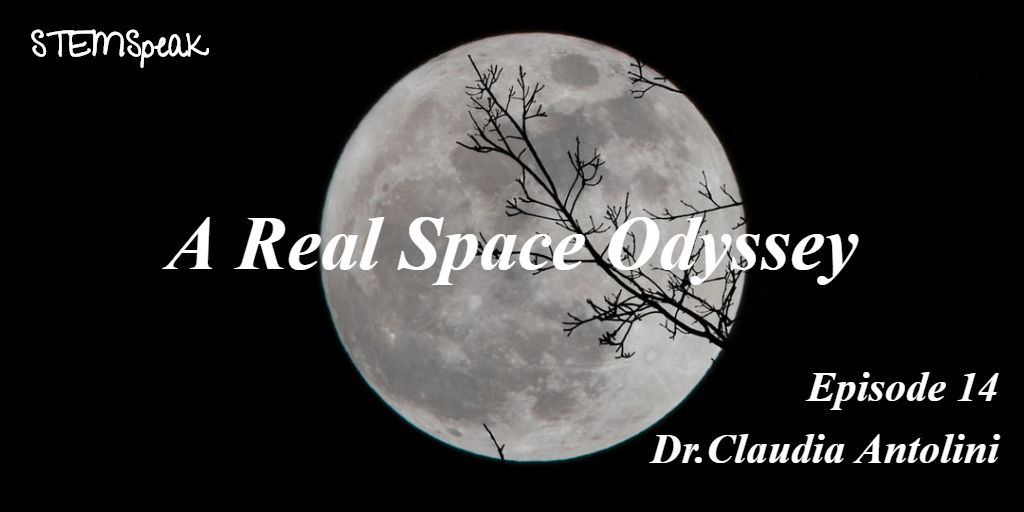
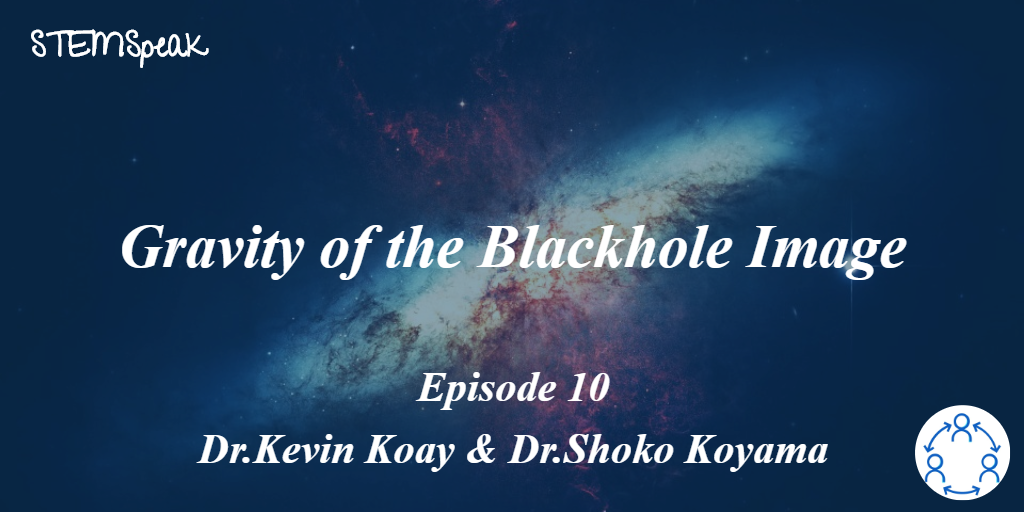
What is a black hole? Why could we not image it before? Why is the recent blackhole image important? Is it one of the keys to unraveling the universe? What questions does it answer and inspire? All this and more with Dr.Kevin Koay and Dr.Shoko Koyama on STEMSpeak Podcast
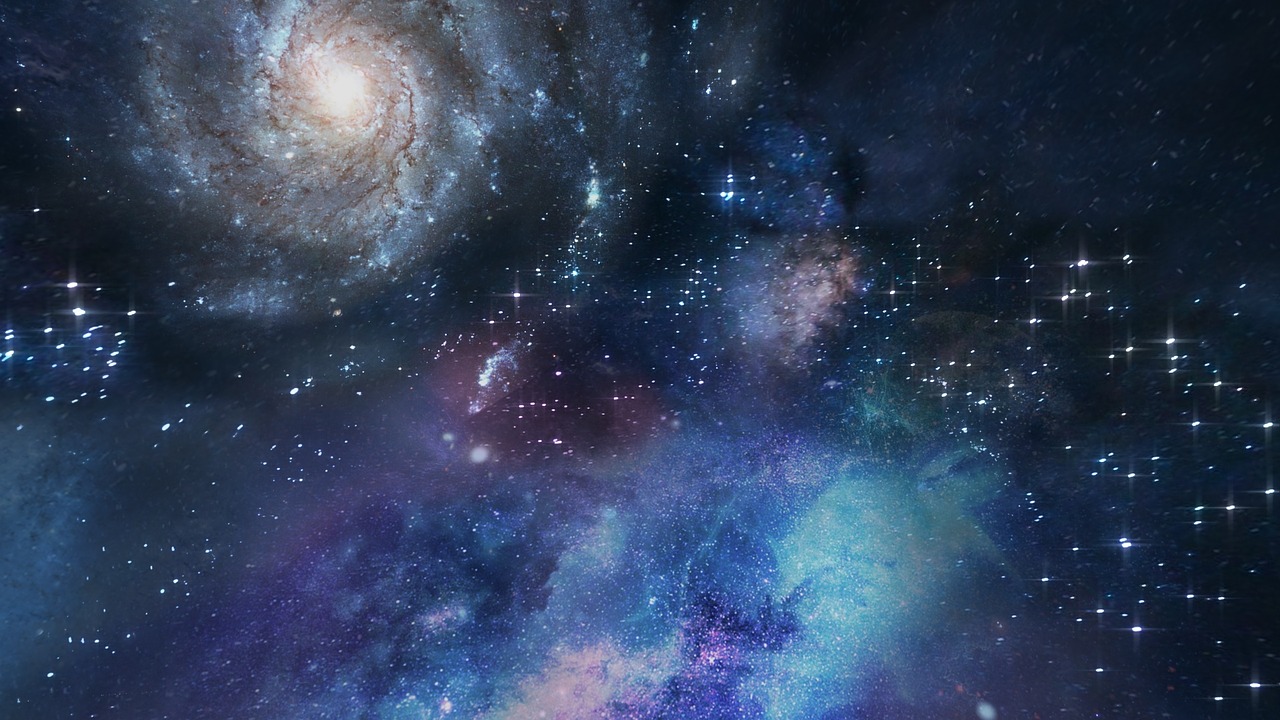
Imagine walking at dusk under a blue sky that is gradually turning black. Twinkling stars are beginning to appear here and there. And suddenly you discover new star dazzling that was not there the previous night. Could it be Venus or perhaps a comet?
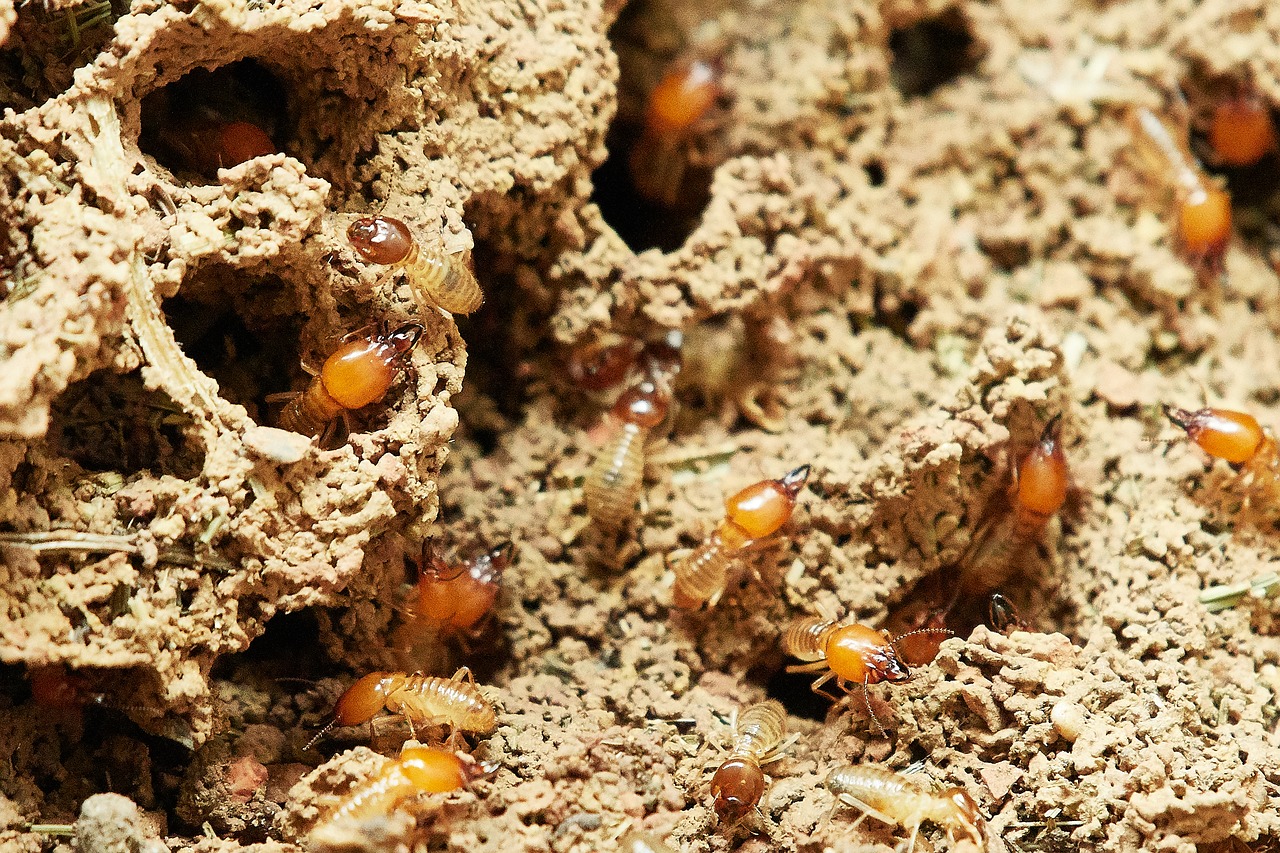
Weekly Review #29 – Summary of the latest news In science and technology research across the world, carefully handpicked by team Research Stash
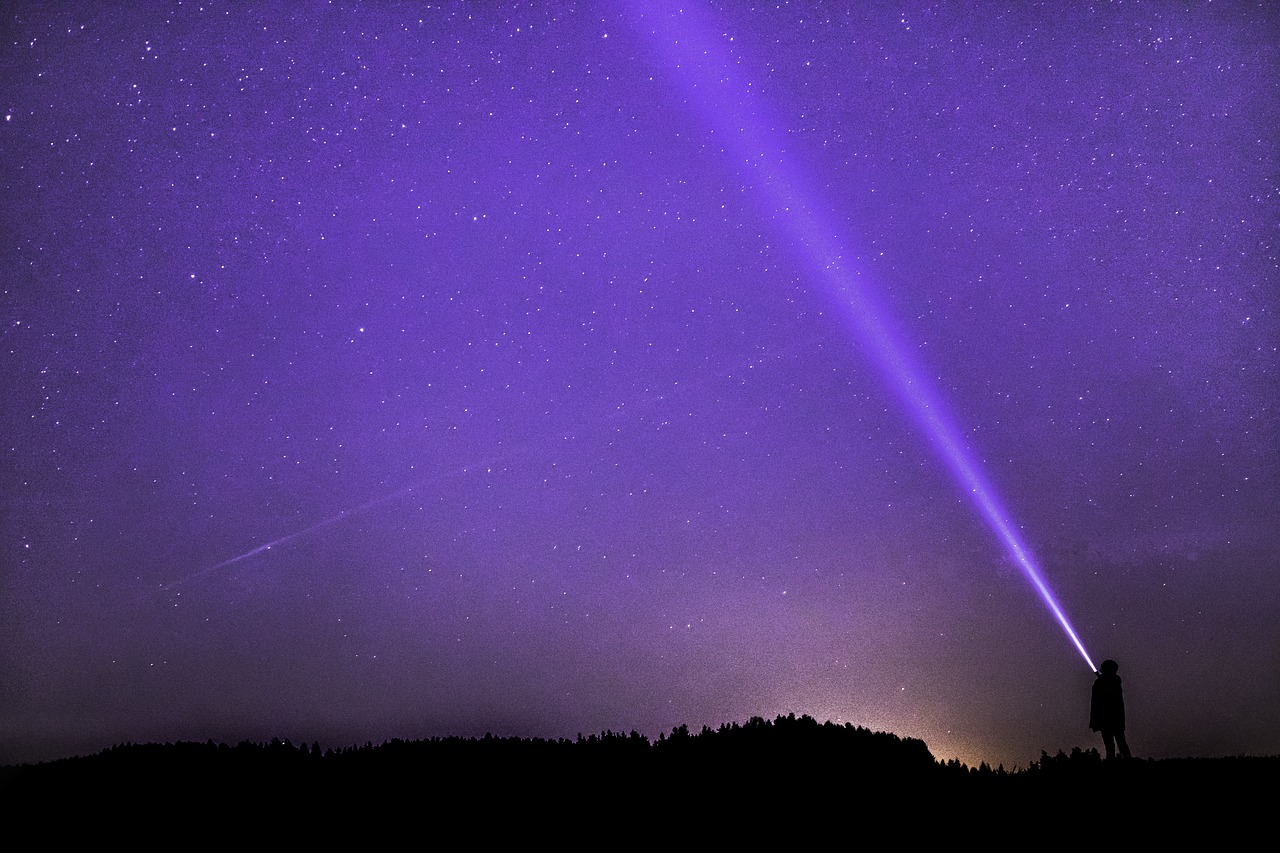
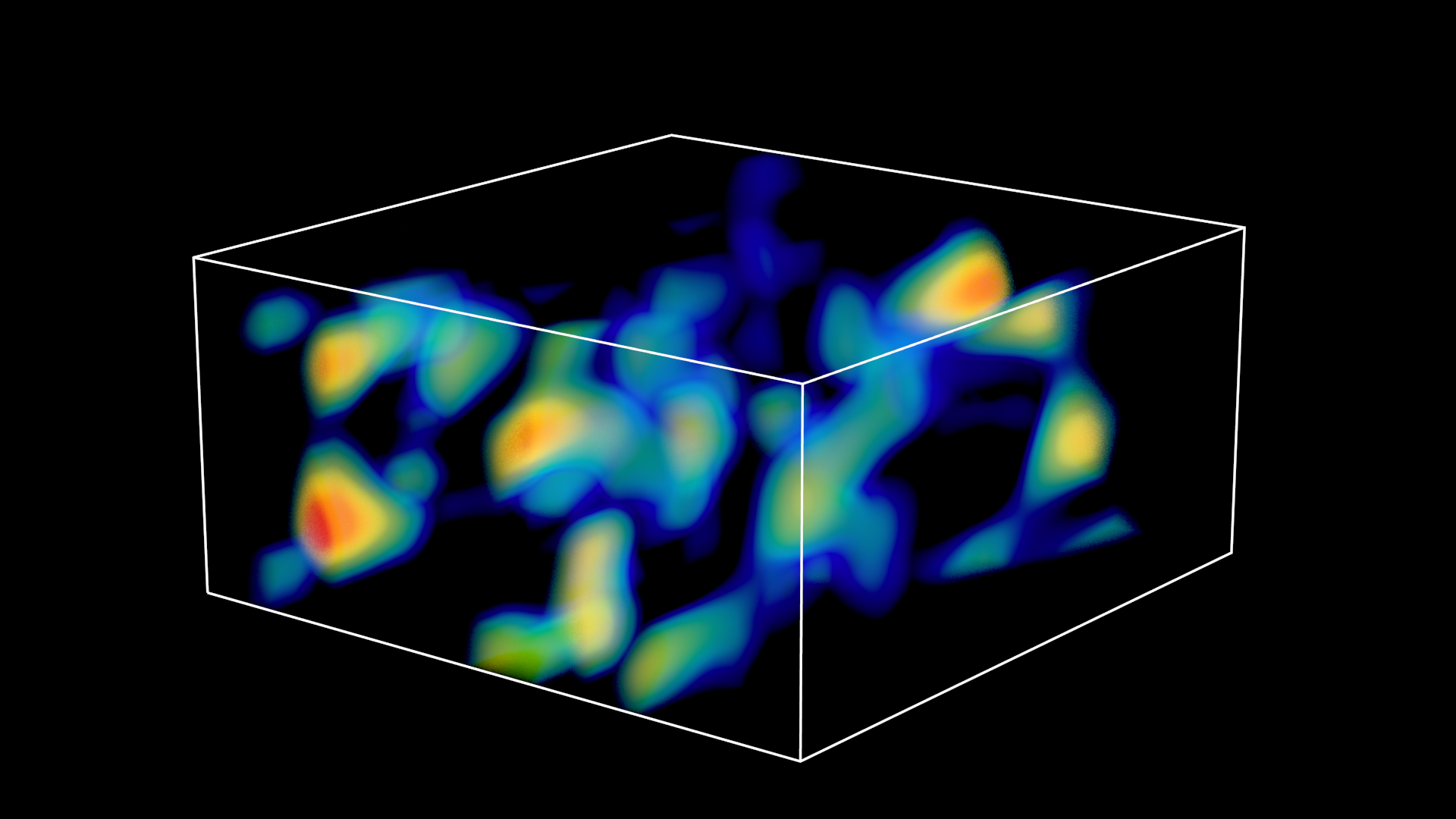
An international group of researchers has released the most in-depth wide-field map of the three-dimensional distribution of matter in the universe ever made
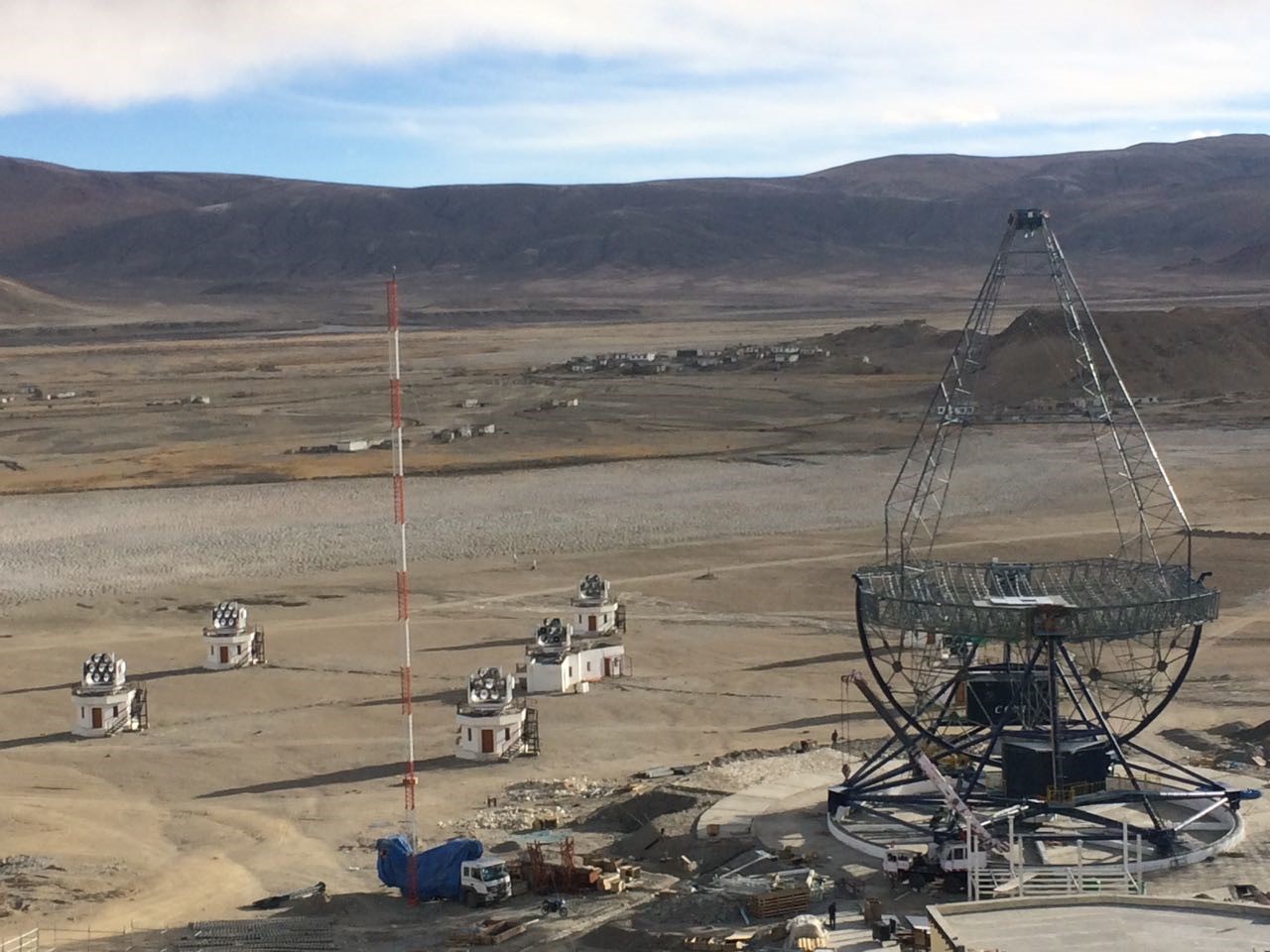
Researchers at Tata Institute of Fundamental Research and Bhabha Atomic Research Centre are developing a new gamma-ray telescope.
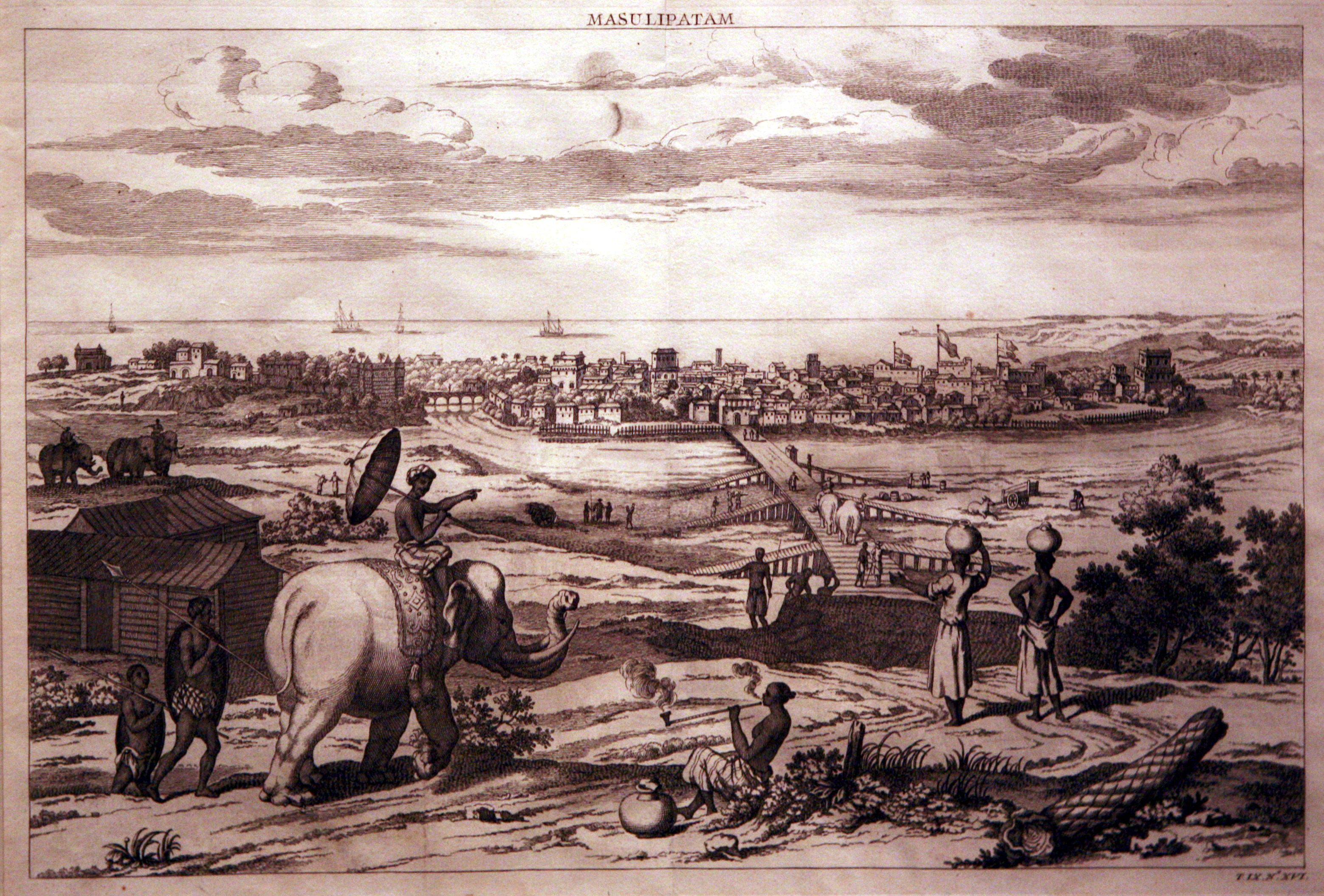
Machilipatnam is one of the oldest port towns on the Andhra coast. Very few Indians would know that it was also the site of a landmark discovery 150 years ago that laid the foundation of a new branch in science – astrophysics.
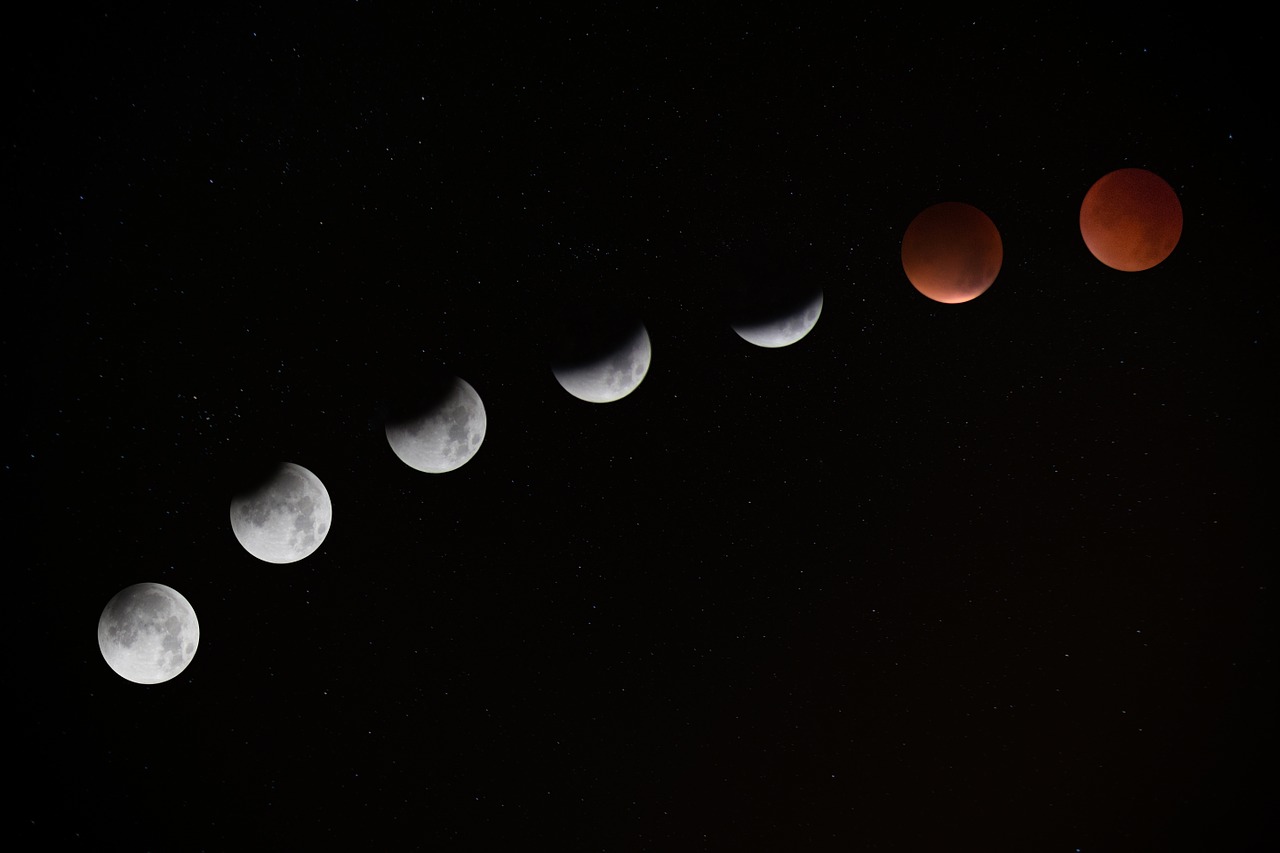
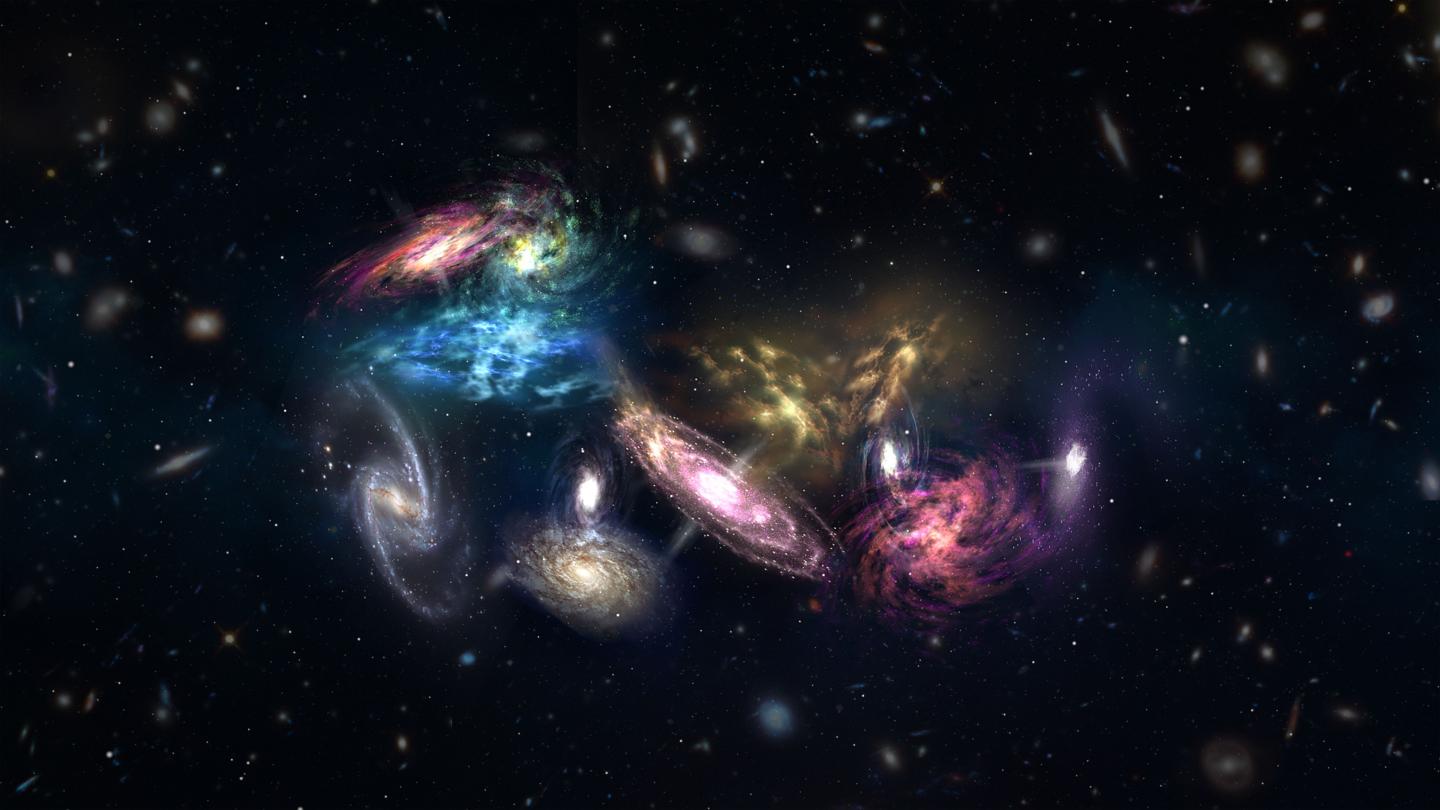
Peering deep into space -- an astounding 90 percent of the way across the observable universe -- astronomers have witnessed the beginnings of a gargantuan cosmic pileup, the impending collision of 14 young, starbursting galaxies.

India has been an active player globally in polar research, having established research stations in both the Antarctic and the Arctic.
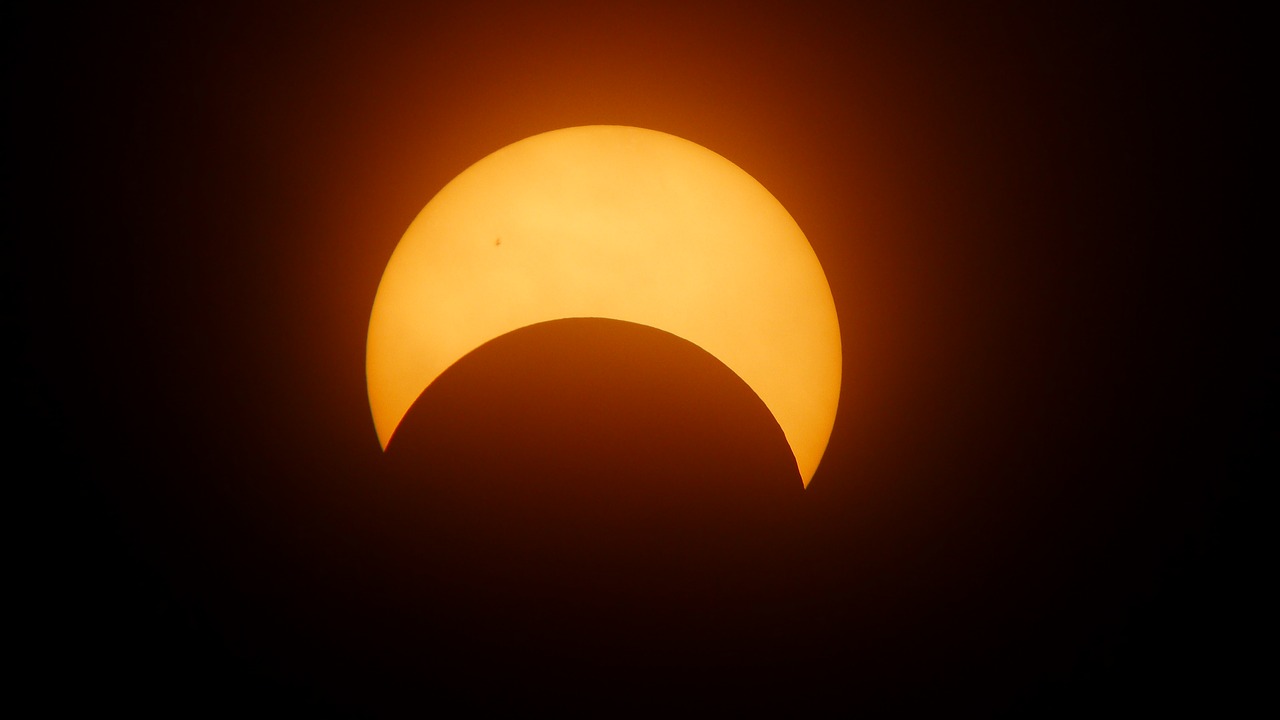
For a long time now, historians have been using epigraphy to infer the political and economic aspect of the past. In recent times, astronomers have come to realize that it can be a potent tool to also understand the history of astronomy as well as for inferring minute changes in the motion of Earth.
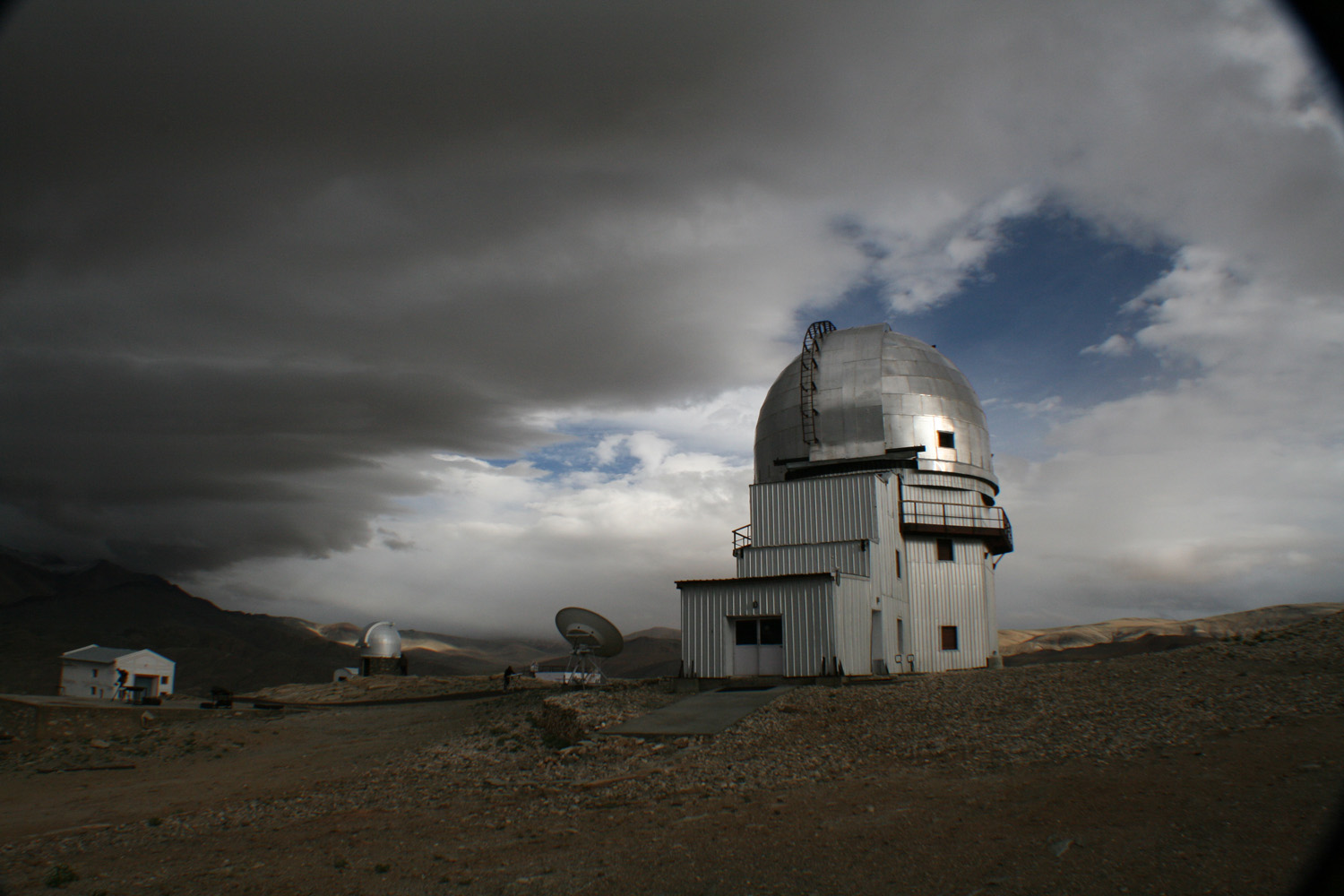

It is a subject that is not much spoken about in scientific meetings. But breaking from the tradition of academic societies, the Astronomical Society of India (ASI) has taken a bold step by putting gender bias on its agenda.
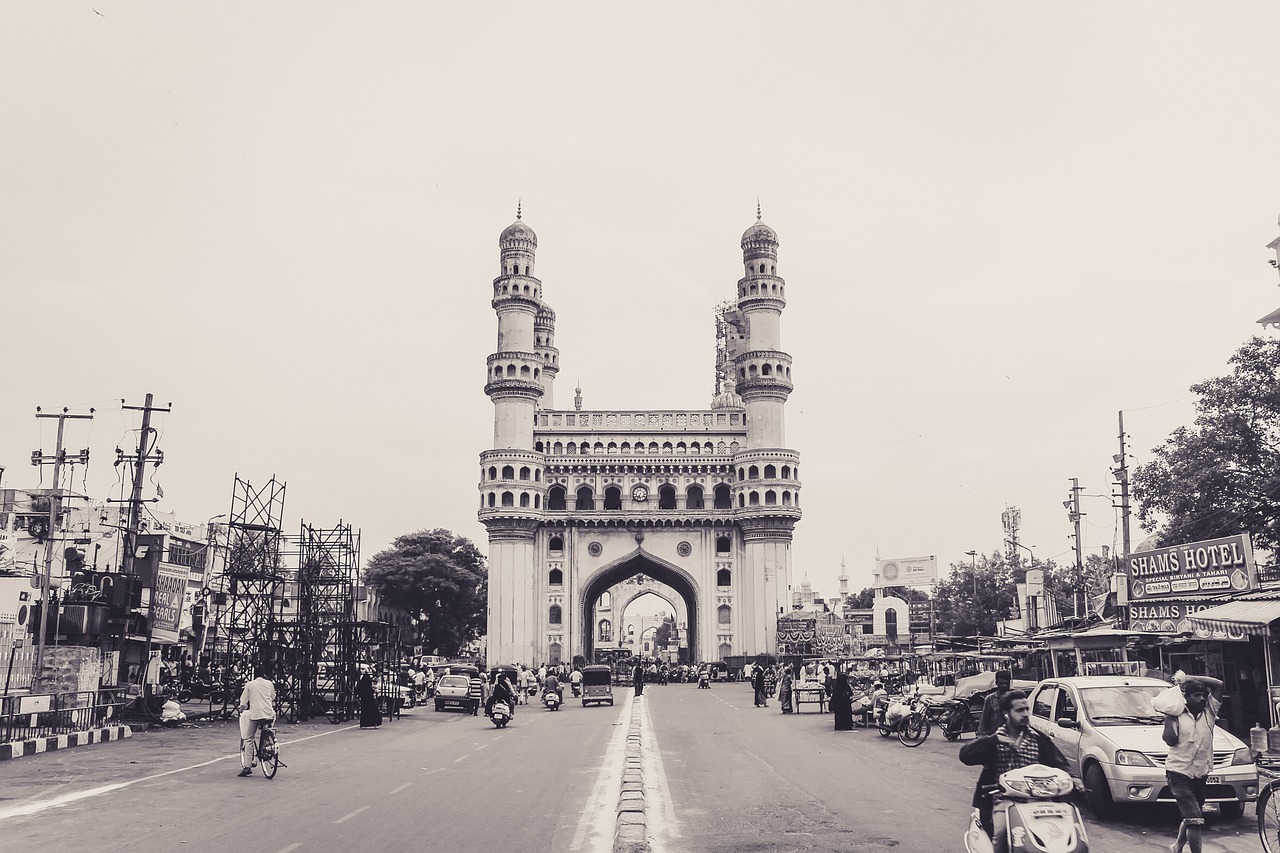
The city of Hyderabad is famous for its historical monuments like Charminar and cuisine like biryani, but few would know that it has been the cradle of modern astronomy in India.
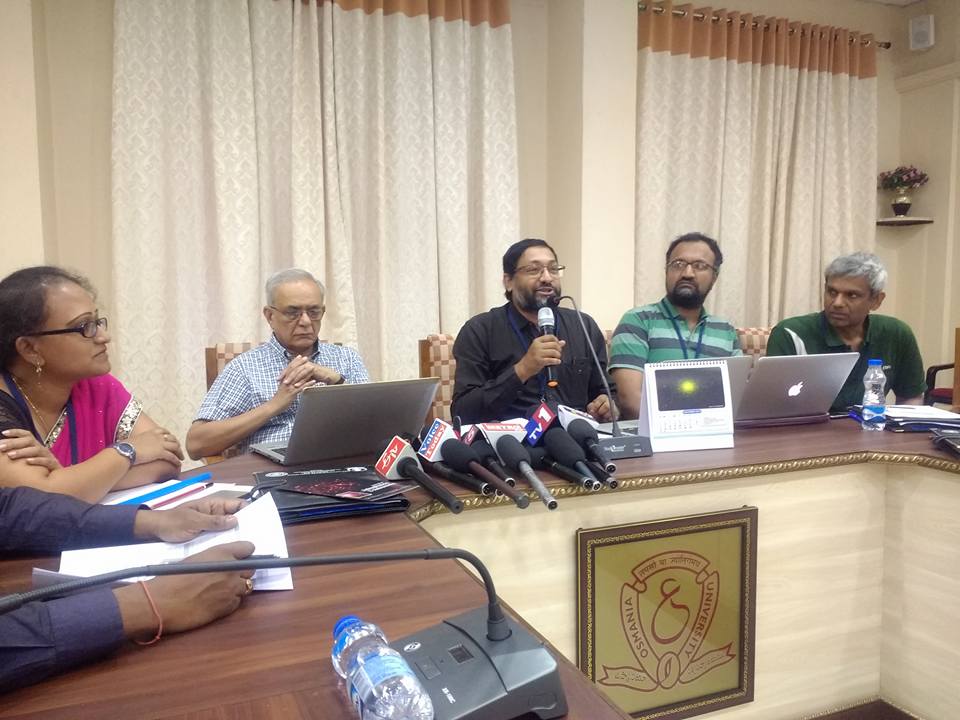
New discoveries in astronomy in recent years have generated a lot of excitement globally, and Indian scientists have contributed to them in large measure. However, the country is lacking when it comes to promoting astronomy education at different levels and the number of professional astronomers it needs.
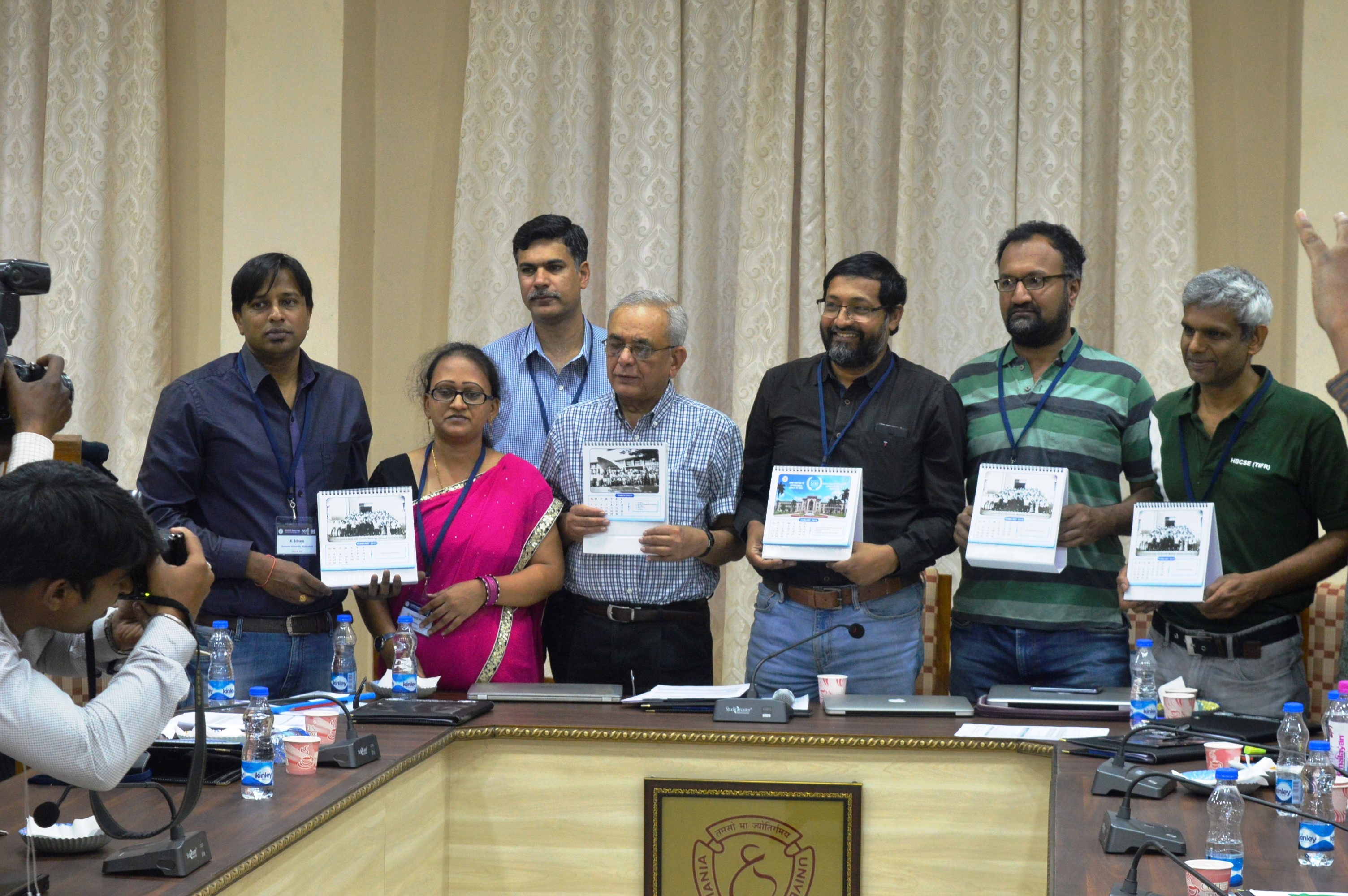
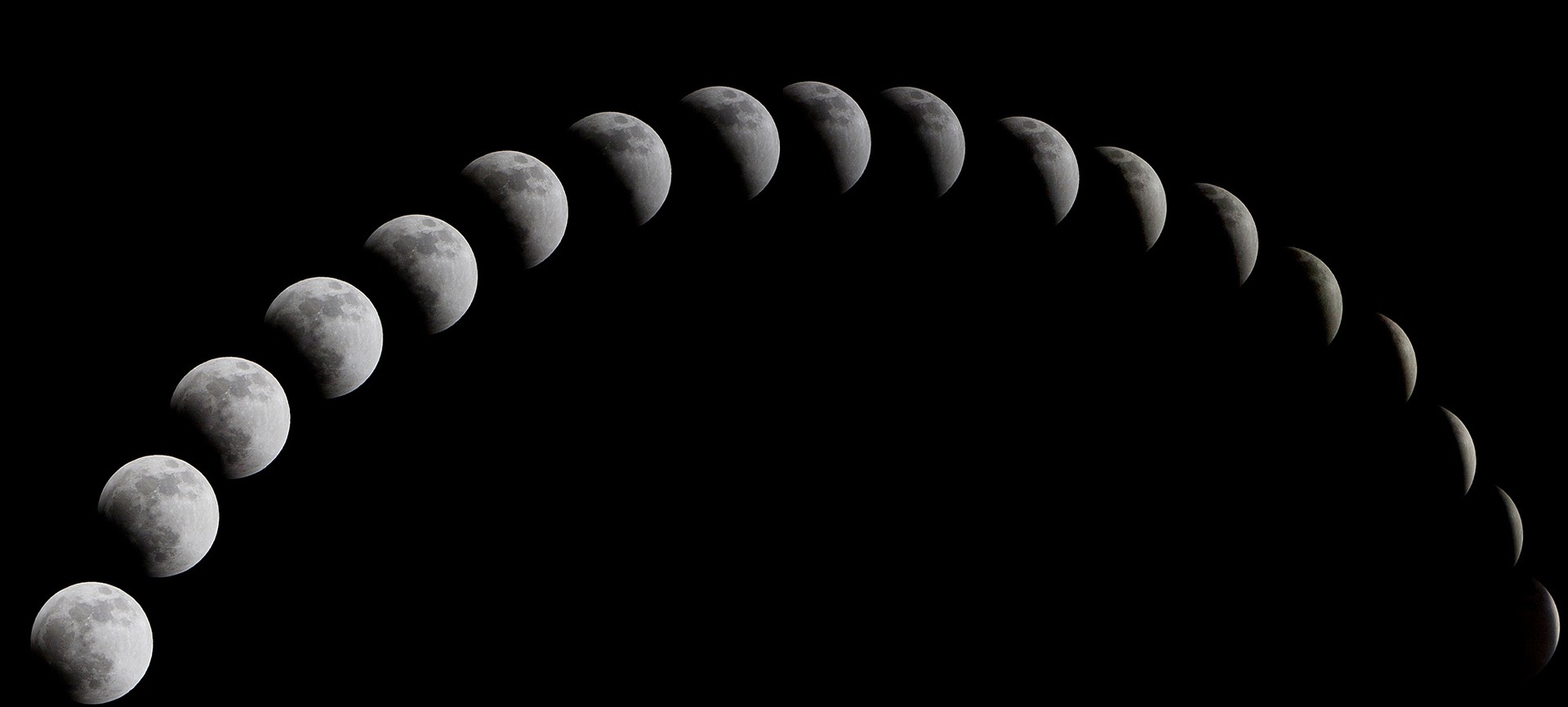
In the evening of 31 January, as we look towards the eastern sky, we will be witness to the dance of shadows that our Solar System regularly conjures up, as our Earth and the Moon move inexorably in their cosmic orbits around the Sun.
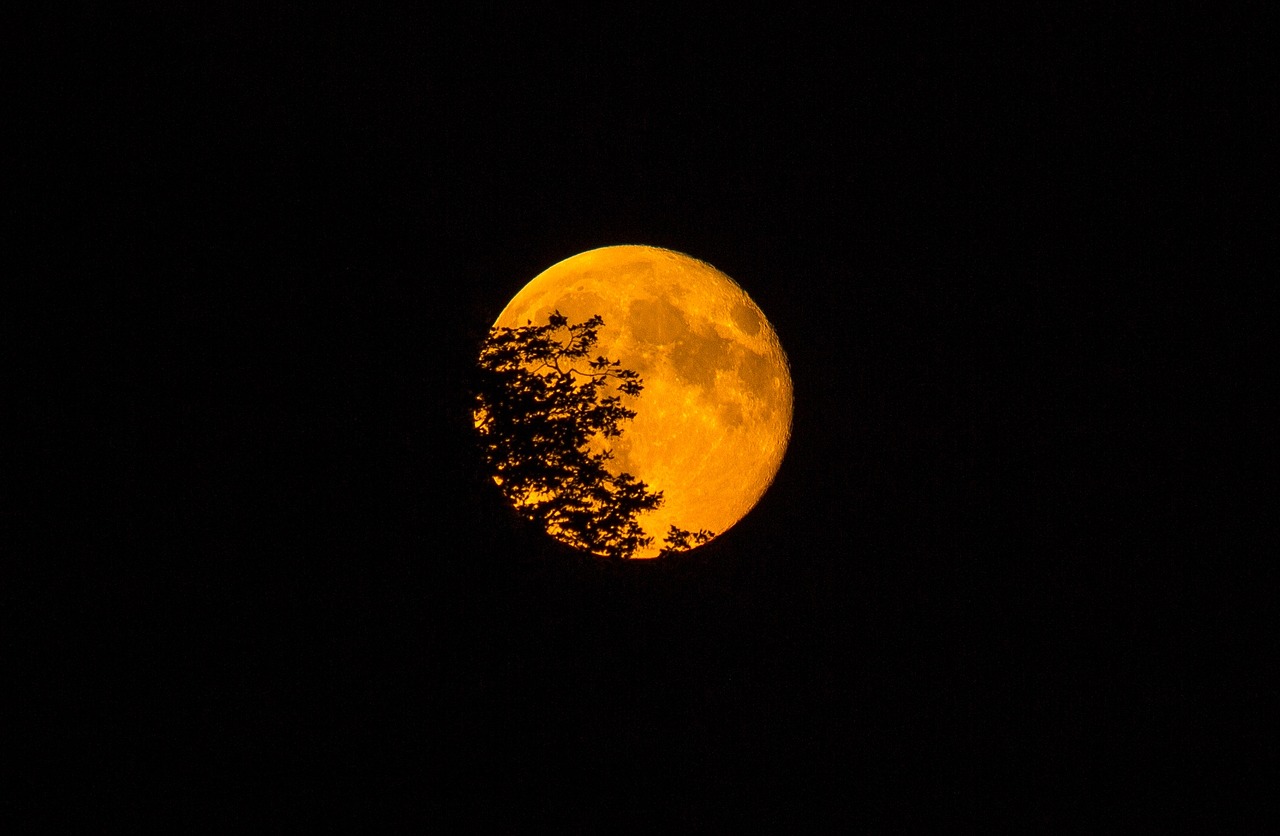
A rare celestial treat awaits us on January 31. We are going to witness what is called a "Super Blue Moon eclipse": Three celestial events -- a "super-moon", a "blue moon", and a total lunar eclipse will occur simultaneously.
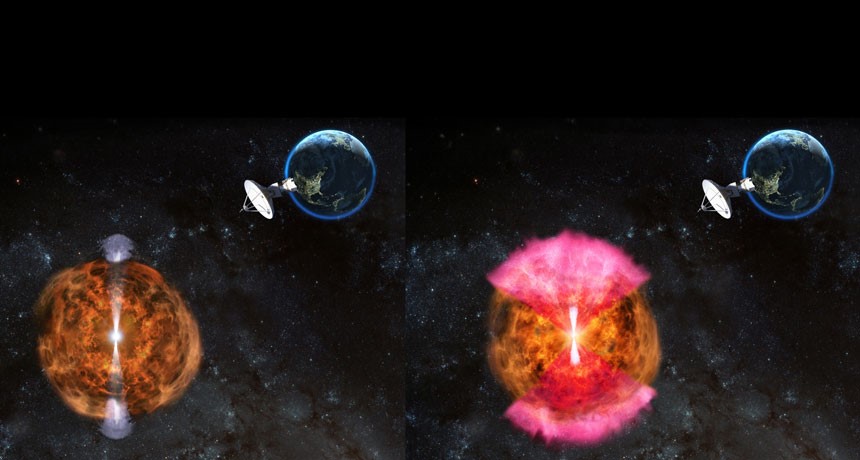
The enigma of why the merger of two neutron stars resulting in a kilonova explosion was not as bright as it should have been, has been solved by an international team of astronomers using crucial data from the Indian radio telescope, the Giant Meterwave Radio Telescope (GMRT) near Pune.
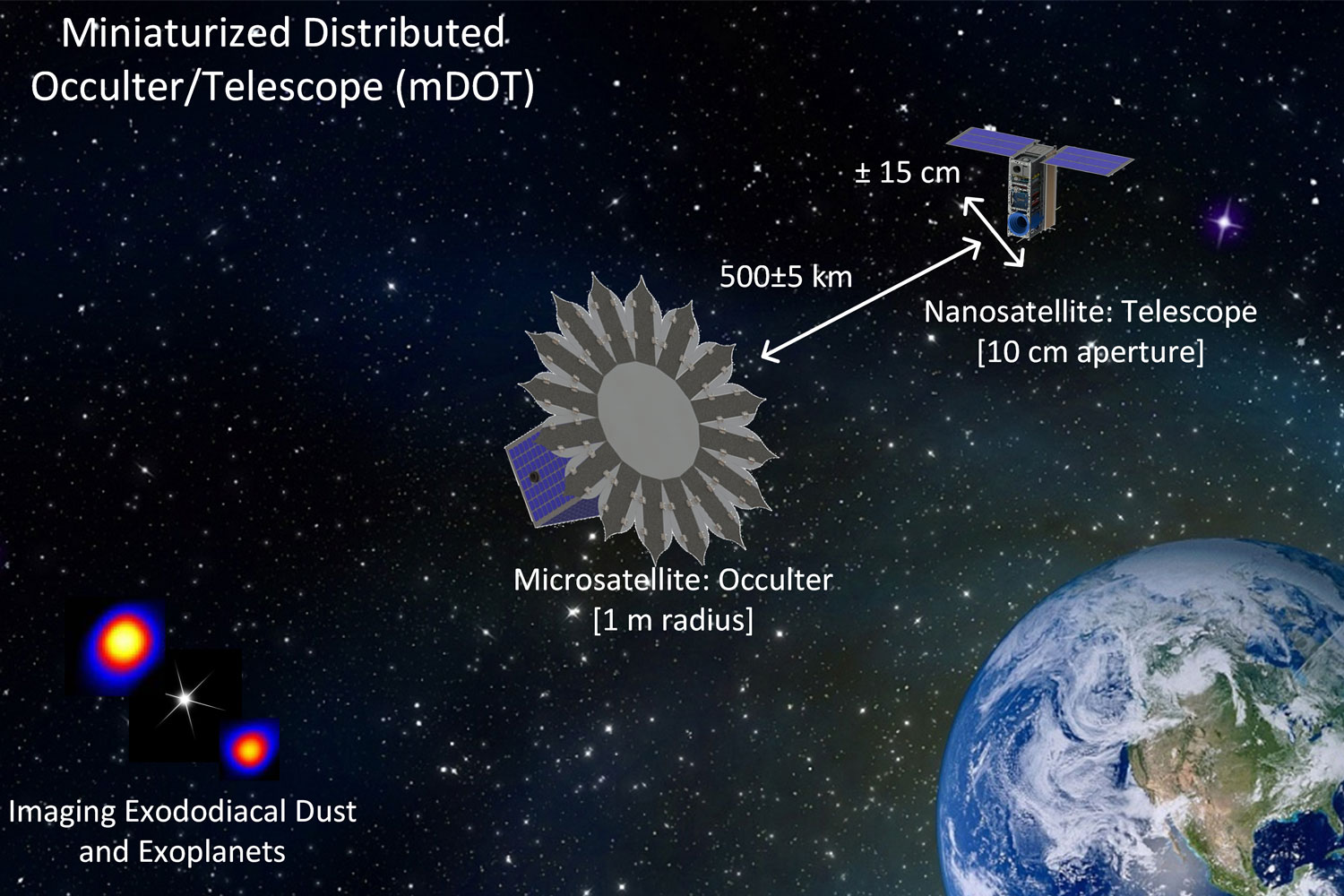
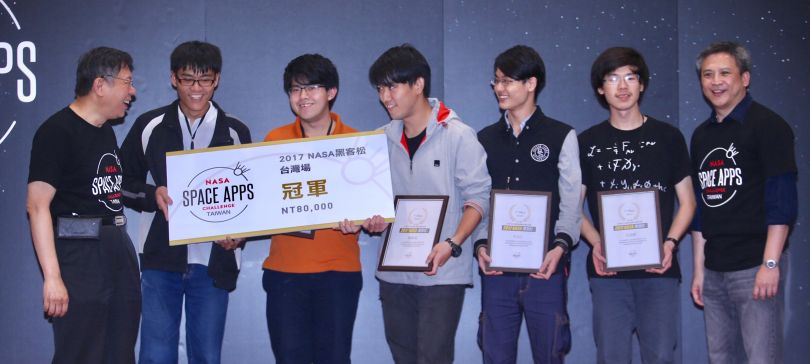
The winners of the local edition of the NASA Space Apps Challenge, which this year is themed “Earth,” were announced April 30 in Taipei City, with two Taiwan teams nominated to vie against competitors from around the world in the finals of the largest international hackathon.
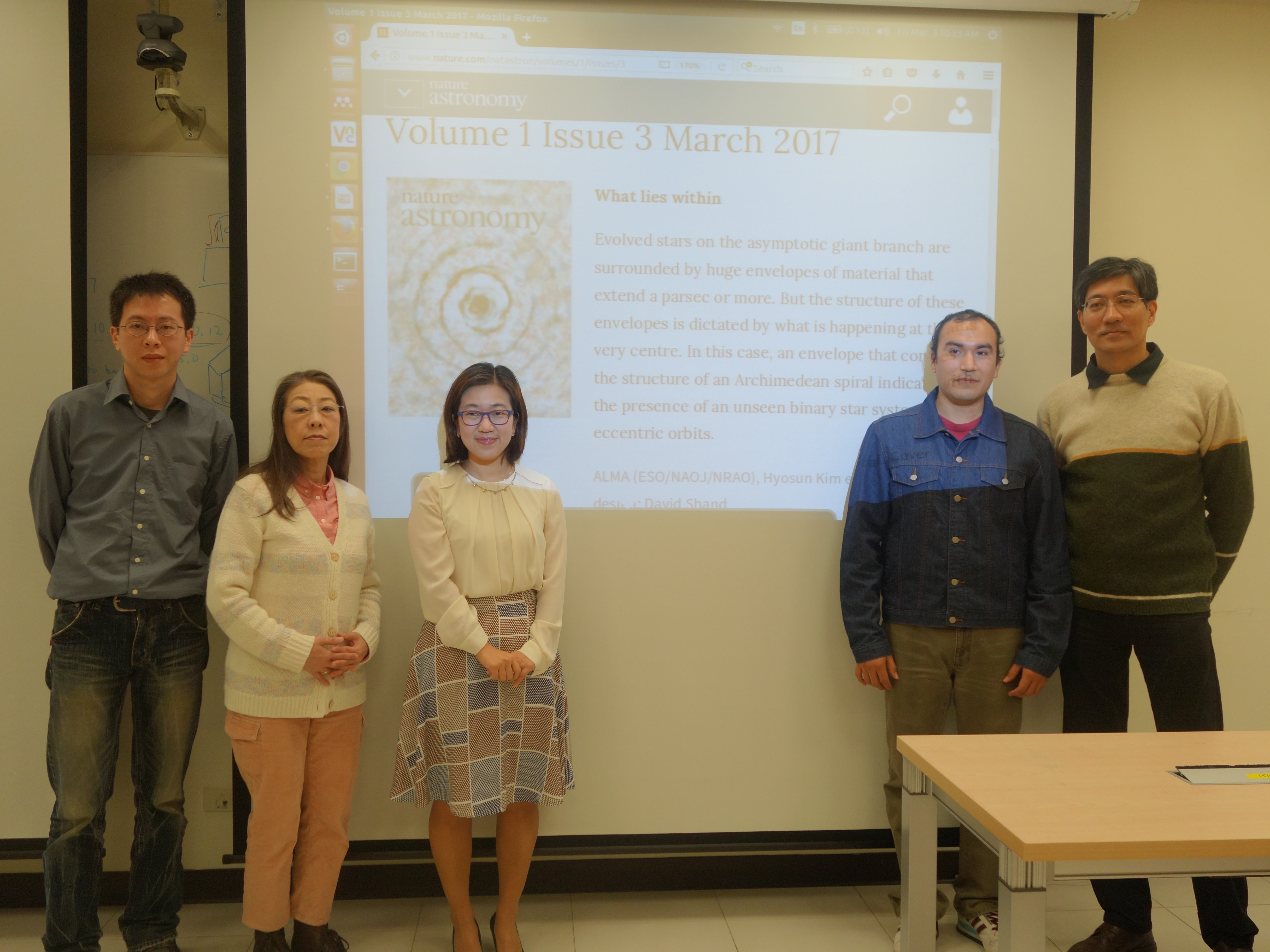
An international team of astronomers, led by Dr. Hyosun Kim in Academia Sinica Institute of Astronomy and Astrophysics (ASIAA, Taiwan), has found a way of deriving the orbital shape of binary stars that have orbital periods too long to be directly measured.
Internet is huge! Help us find great content
Never miss a thing! Sign up for our newsletter to stay updated.
Research Stash is a curated collection of tools and News for S.T.E.M researchers
Have any questions or want to partner with us? Reach us at hello@researchstash.com